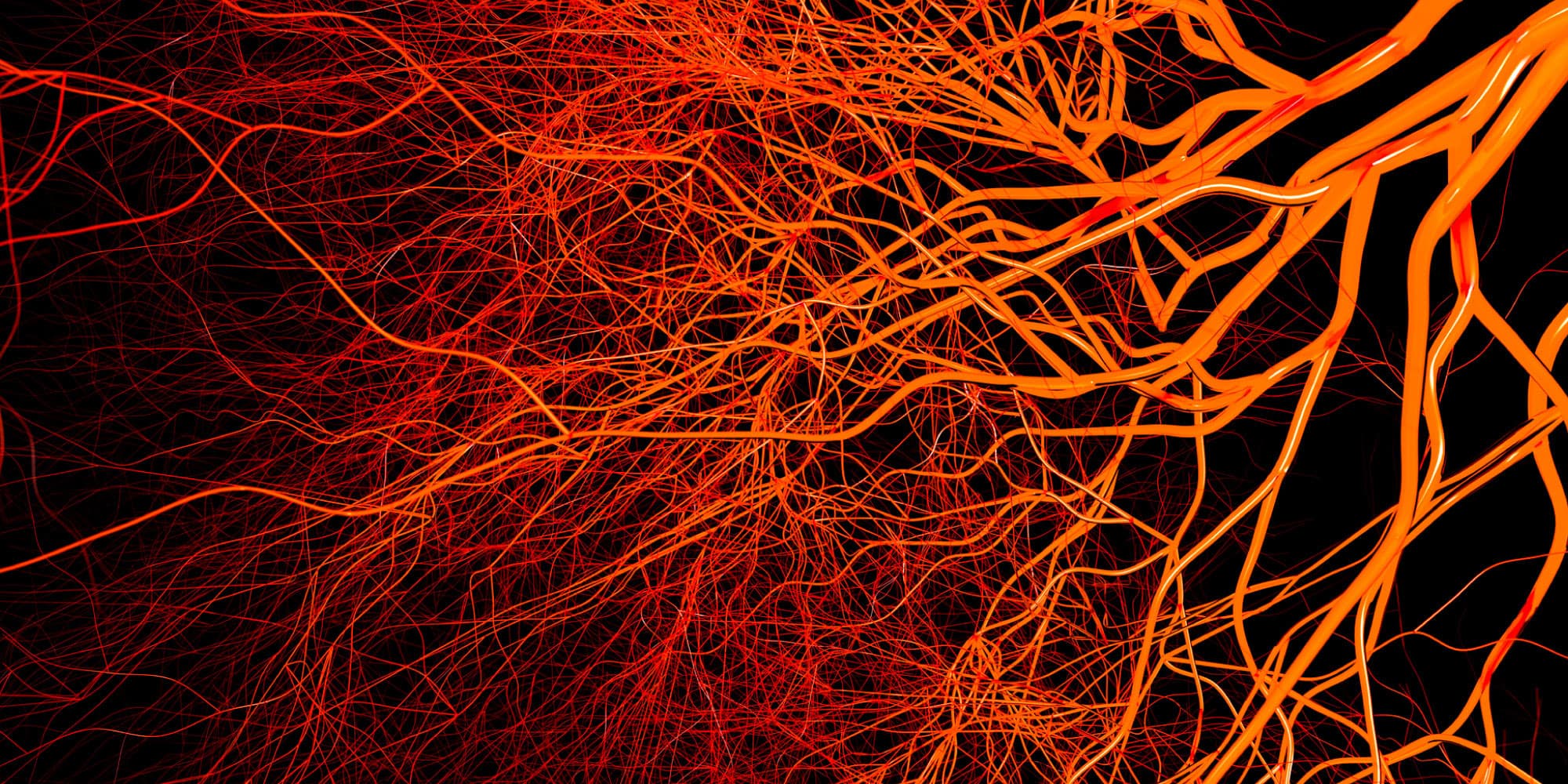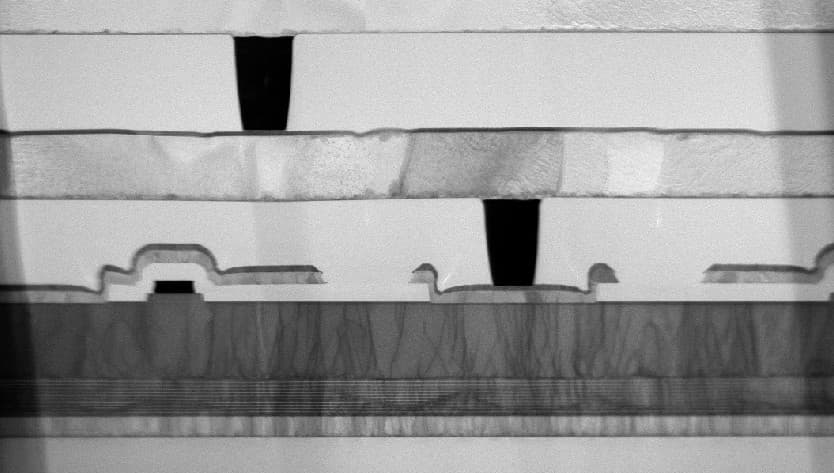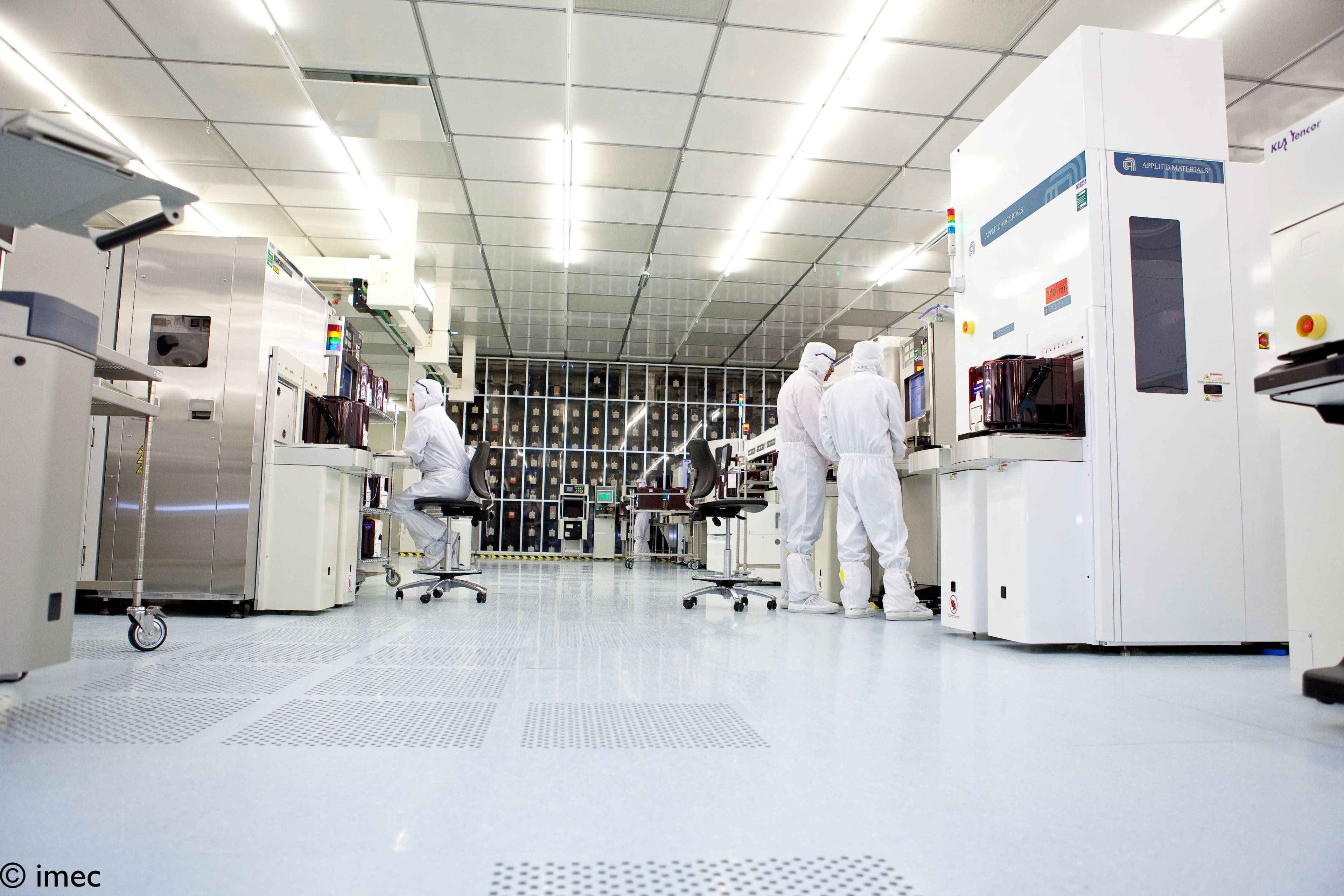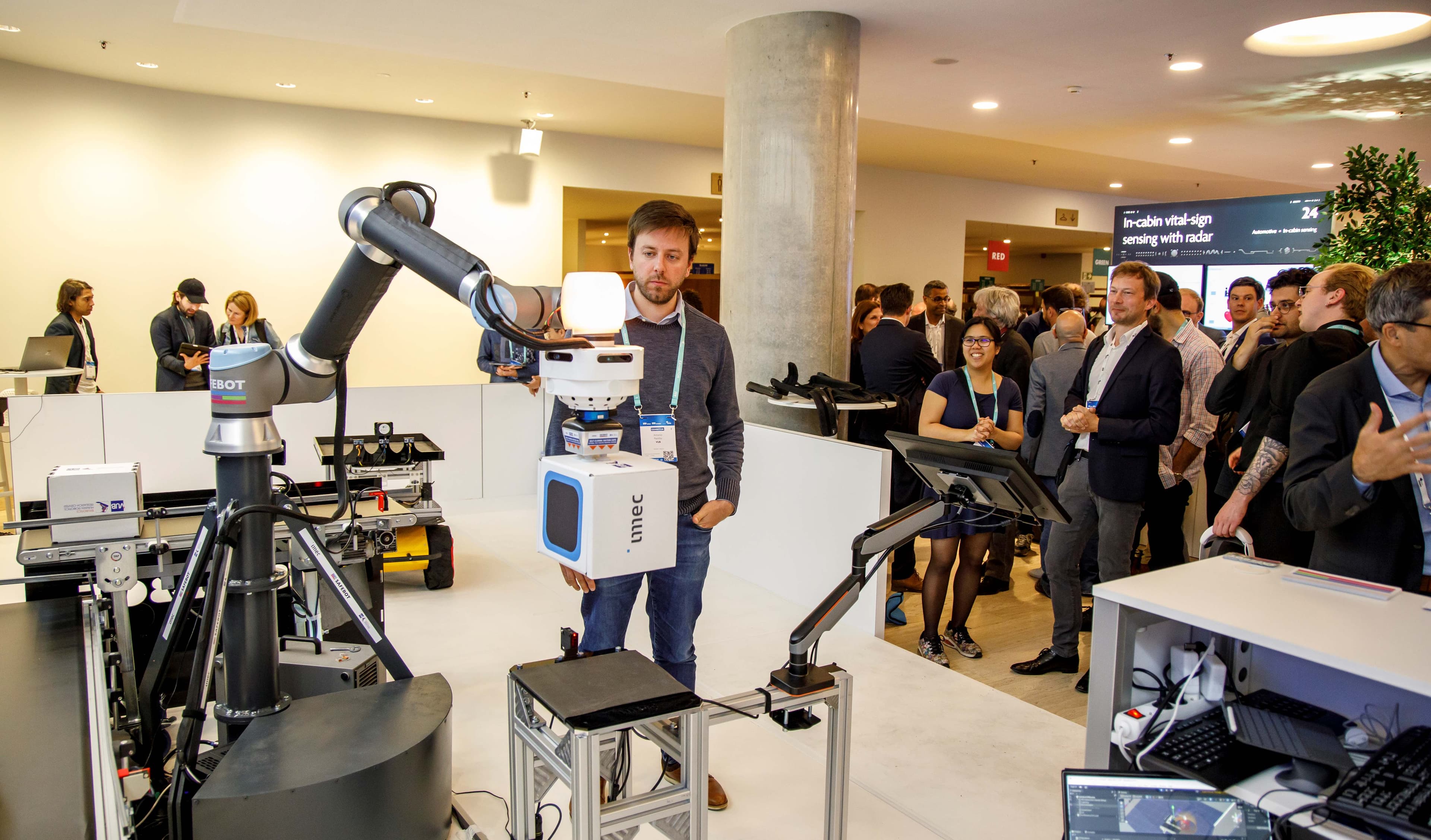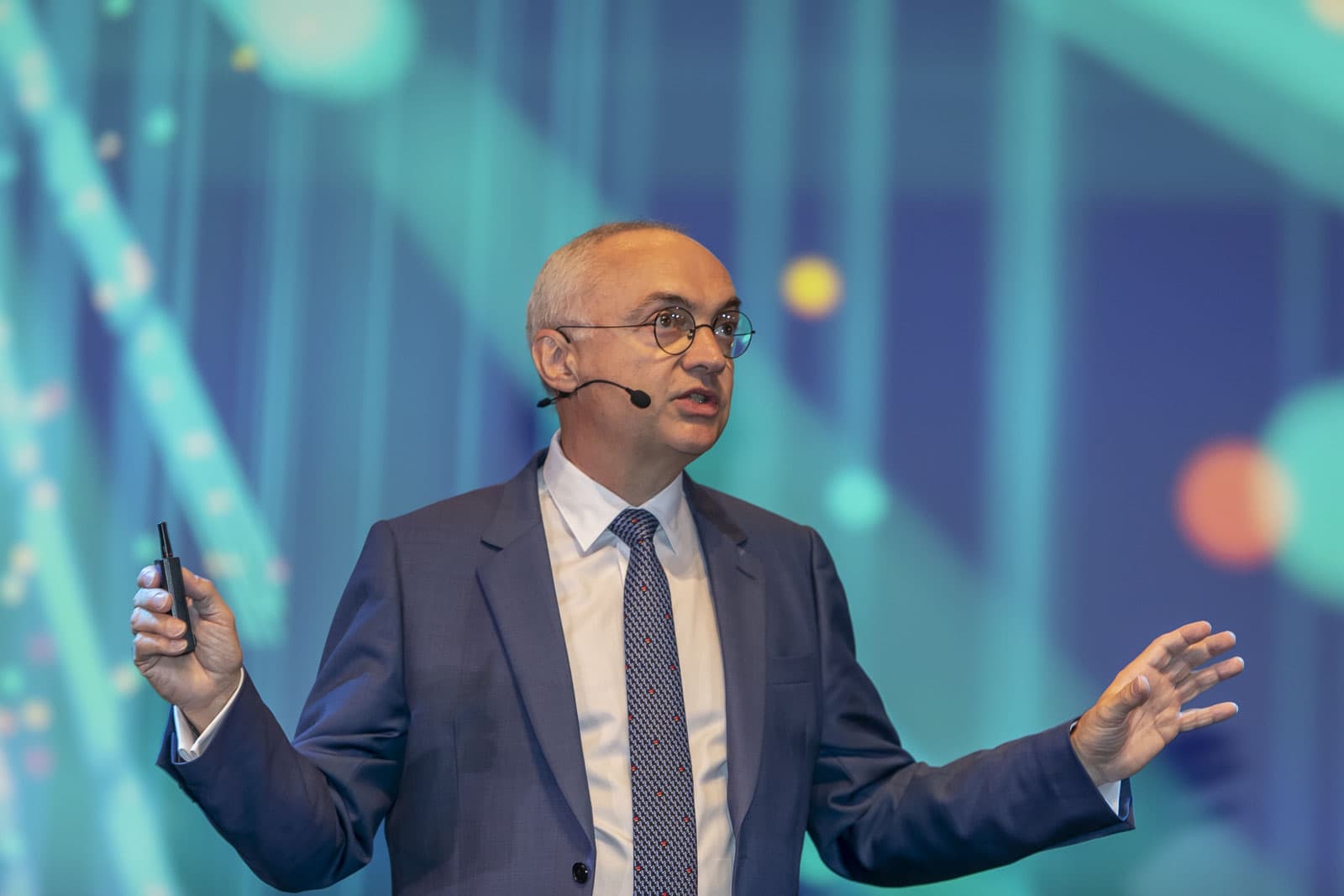Best of 2016 / Edition November 2016
Oncologists have great expectations of new ways to quantify a tumor’s response to treatment (and better assess the effectiveness of cancer therapies). Functional imaging, whereby a tumor’s activity (metabolism, blood flow, diffusion characteristics, etc.) is investigated rather than its size, is a promising approach to do so. Yet, while the potential of functional imaging in the domain of oncology may be great, using it in clinical practice hinges on overcoming some important limitations.
Practical hurdles
During the FIAT project, a consortium of researchers and industry partners (both from the hardware and the software side) explored the potential of several functional image modalities to quantify tumors more accurately. They did so by setting up two parallel research tracks (i.e. small animal as well as clinical imaging), using the research outcomes of both paths to reinforce one another. Particular attention was paid to computed tomography (CT) perfusion imaging, and the quantification of positron emission tomography (PET) for small animal imaging.
“The use of functional imaging in clinical practice faces several hurdles,” explains Jef Vandemeulebroucke (imec - ETRO - VUB) who coordinated FIAT’s research effort. “First of all, the domain is lacking standards on how to acquire and analyze the images. Secondly, it is challenging to obtain quantitative imaging biomarkers, i.e. reproducible measurements that are representative of a tumor’s state and that can lead to practical response criteria.”
“Specifically for CT perfusion, the principal technical challenge was how to reduce X-ray radiation induced to patients as part of the imaging process,” adds FIAT’s project lead Julien Milles (Philips Healthcare).
Reducing perfusion CT radiation exposure with a factor 5 to 10
A first breakthrough realized by the FIAT consortium includes an important reduction of perfusion CT radiation exposure:
In clinical imaging, it is important to limit the radiation patients receive. Especially in the case of cancer treatment – with images being taken on a regular basis to see how the pathology evolves – this is key.
“We therefore built novel reconstruction methods, specifically designed for CT perfusion, that require 5 to 10 times fewer projections while achieving comparable perfusion estimates,” explains Jef Vandemeulebroucke. “In layman’s terms: thanks to the FIAT technology, we can produce good-quality CT images with an up to 10 times lower radiation dose for the patient. While further research is required to refine this technology, this really has been a significant breakthrough, and could completely change the way we use perfusion CT in clinical practice.”
De-noising medical images more than 32 times faster
In the case of CT imaging, lowering the radiation exposure typically leads to noisier images. That is why, as part of the FIAT project, algorithms were developed to remove noise more effectively. The approach resulted in a significant quantitative and visual enhancement of image quality, improving the signal-to-noise-ratio on average by 6.56 dB (2D denoising) and 7.56 dB (3D denoising).
“As you can imagine, this is a task that is computationally very intensive. Hence, next to the development of the actual de-noising algorithms, the FIAT researchers made use of the revolutionary Quasar technology – developed by researchers from imec - Ghent University – to speed up this process,” says Julien Milles. “What used to take 3.5 minutes, can now be done in 6.4 seconds.”
Implementing results and next steps
With the results of the project available, the project partners can now further innovate their operations -
- Industry partner MR SOLUTIONS has already integrated FIAT’s novel isotropic sequences for diffusion-weighted MRI into its family of products.
- A research collaboration between University of Antwerp and MR SOLUTIONS was initiated, including support by MR SOLUTION’s staff for engineering and software developments. As such, MICA, MR SOLUTIONS and the Bio-Imaging Lab will continue to improve the MRI acquisitions that can lead to automated tumor delineation, initiated in this project.
- icometrix will include CT perfusion in their clinical product for the quantification of strokes, while imec - VUB researchers and UZ Brussels are currently investigating how to collaborate on related dynamic (4D) medical imaging applications – such as heart imaging, where also a time component is involved.
- “Philips as well is investigating how we can leverage – and build on – the FIAT research results,” says Julien Milles. “First of all we need to further develop the FIAT methodologies, then we should test them in a clinical setting and – in the mid-term – try to commercialize them. But, clearly, one of the main conclusions of the FIAT project is that the potential is huge – with FIAT technology allowing us to generate quantitative medical images while limiting radiation exposure.”
If you are interested in getting access to the Quasar technology that has been used in the FIAT project, feel free to get in touch with Stan De Vocht at Stan.DeVocht@imec.be
What are imec.icon projects?
Imec.icon projects are agile and demand-driven research projects, leveraging the combined expertise of academia and industry partners. They typically have a duration of two years, yet quickly adapt to the rapidly-evolving digital landscape. The project partners intend to use the project results in their products or services. Apart from the contribution of the project partners, the FIAT project was co-funded by iMinds (now imec), with project support from Flanders Innovation & Entrepreneurship.
Published on:
1 November 2016

